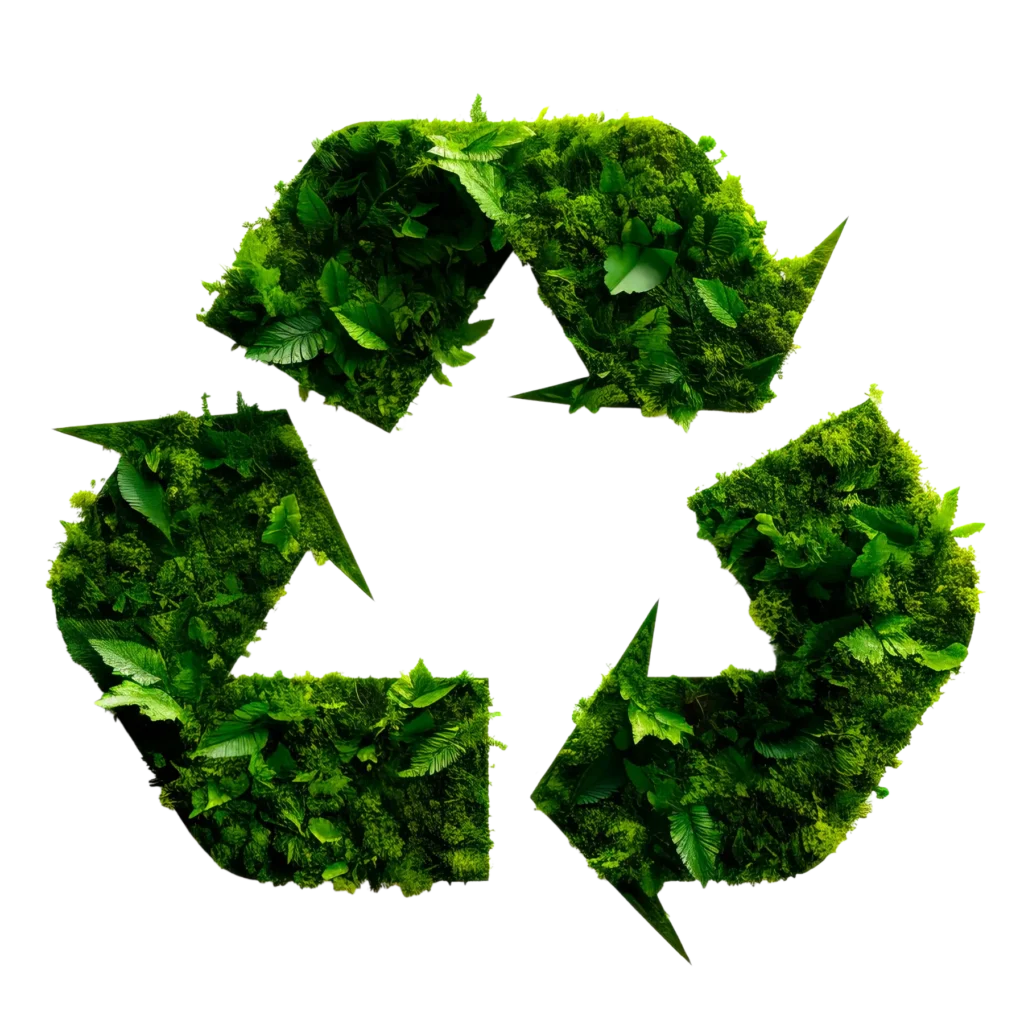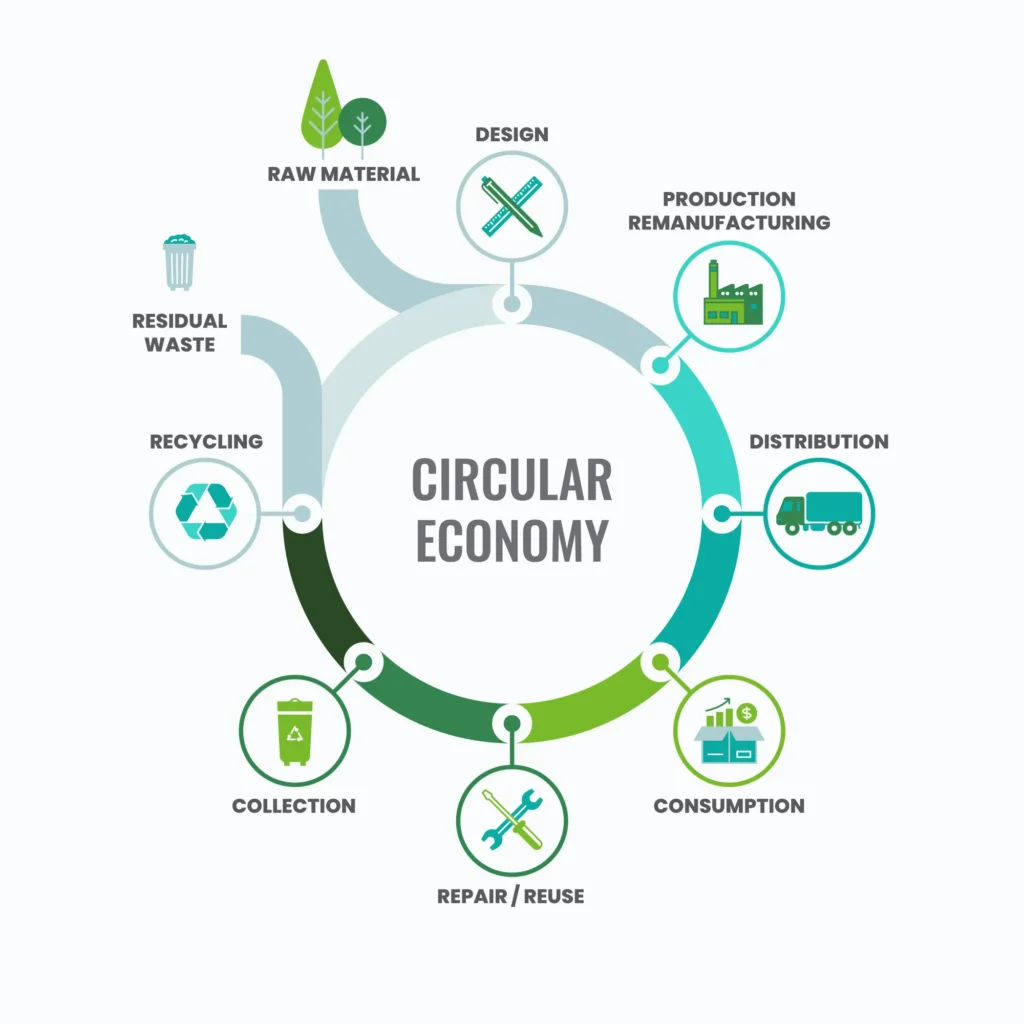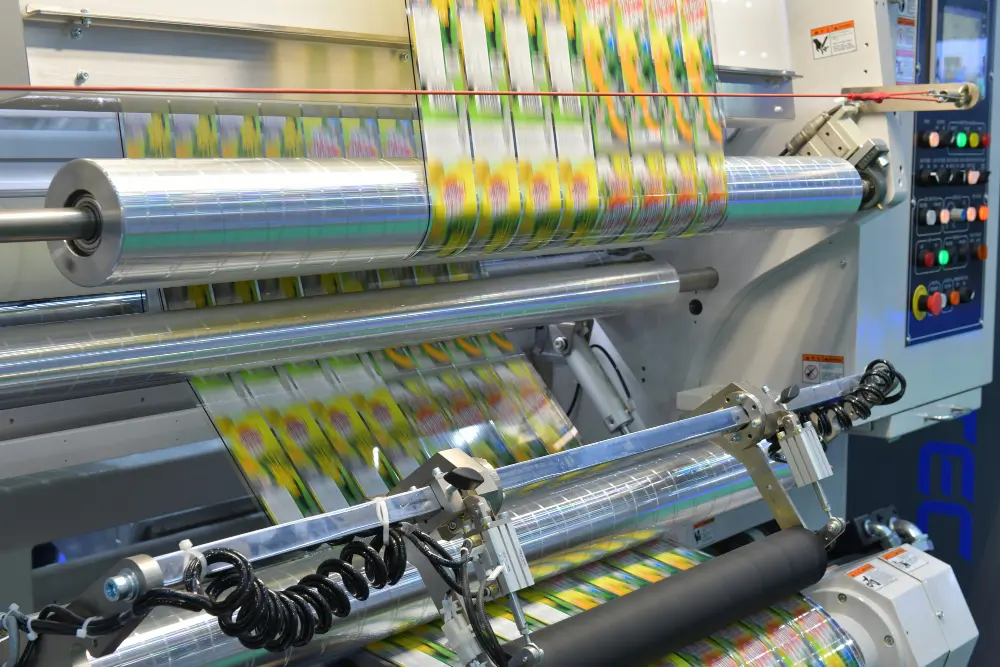Crafting the Future with Sustainability
We are committed to advancing recyclable solutions through our robust R&D efforts. Our dedication to continuous innovation keeps us at the forefront of industry advancements and ensures we meet EU regulatory standards. By leveraging our comprehensive technical expertise and extensive market experience, we help our customers navigate the complex transition to recyclable flexible packaging.











